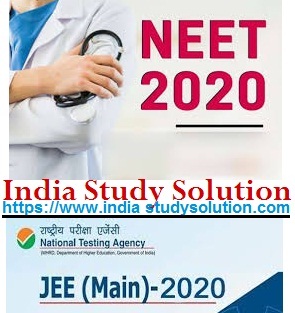19-Aug-20
JEE Main 2020 Admit Card (Hall Ticket)
The admit card for the Joint Entrance Examination (JEE) 2020 Main has been released by National Testing Agency (NTA) on 17th Aug, 2020. The candidates can download their hall ticket through official websites - nta.ac.in, jeemain.nta.nic.in. JEE Main examinations are scheduled to be held from September 1 to September 6, 2020 across the country.
Earlier, the Supreme Court had given the verdict that the JEE examination would not be postponed. The examination will be conducted in two shifts.
Latest update 19-Aug-2020
Candidates who will appear for the examination can download the admit card / hall ticket by following these simple steps given below.
How to download JEE Main 2020 Admit Card:
- Visit the official site of NTA JEE Main by clicking on the link given below.
- Click on Download JEE Main 2020 Admit Card available on the home page.
- A new page will open where candidates will have to enter the login credentials.
- Your admit card will be displayed on the screen.
- Check the admit card and click on download button there.
- Keep a hard copy of the same for further need.
The JEE Main hall ticket will carry details of the exam venue, time slot etc. The three-hour exam will be conducted online for both paper - I for admission to engineering courses and paper - II for admission to architecture courses. This year, a different paper for B Plan will also be conducted. There will be two shifts, morning shift will begin at 9:30 am and the afternoon shift will begin at 2:30 pm.
India Study Solution wishes BEST of LUCK to its readers and all prospective candidates.


















